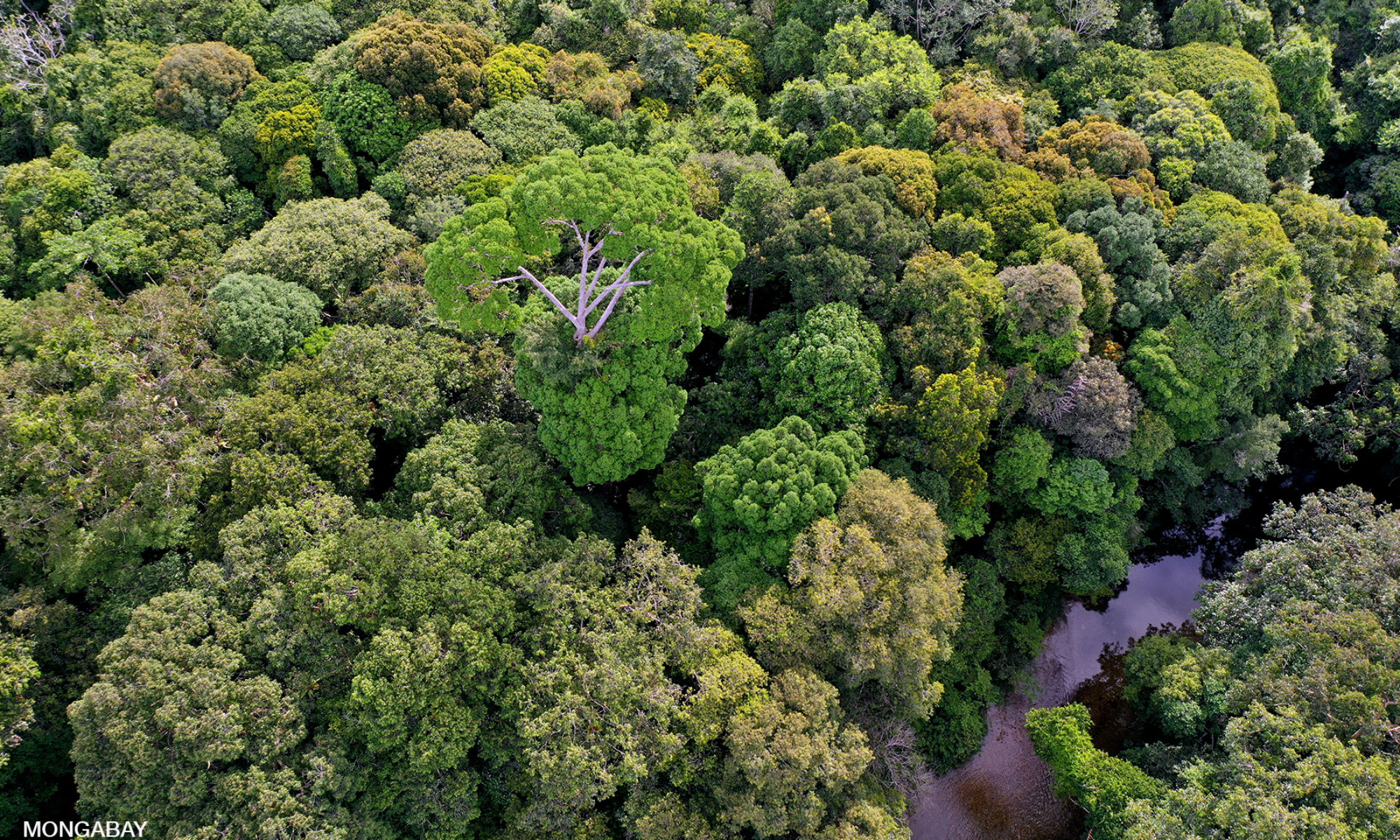
The next BATFN will take place April 27, 2014 at 4pm in Herrin T-175 at Stanford University. The event is open to the public.
This is a co-event held with the Stanford Center for Conservation Biology featuring a talk by William F. Laurance:
- The 21st century will see an unprecedented expansion of roads, with at least 25 million kilometers of new paved roads anticipated by 2050. Nine-tenths of all road construction is projected to occur in developing nations, including many regions that sustain exceptional biodiversity and vital ecosystem services. Roads penetrating into remote or frontier areas are a major proximate driver of habitat loss and fragmentation, fires, overhunting, and other environmental degradation, often with irreversible impacts on native ecosystems. Unfortunately, much road proliferation is chaotic or poorly planned and the rate of expansion is so great that it is overwhelming the capacity of environmental managers. In this talk I will describe a global scheme for prioritizing road building. This large-scale zoning plan seeks to limit the environmental costs of road expansion while maximizing its potential benefits, especially for agriculture. Our model identifies areas with high environmental values where future road building should be avoided, areas where strategic road improvements could markedly increase agricultural yields with modest environmental costs, and ‘conflict areas’ where road building could have sizable benefits but with serious environmental damage. This scheme provides a template for proactively zoning and prioritizing roads during the most explosive era of road expansion in human history.
Refreshments served at 3:45pm

